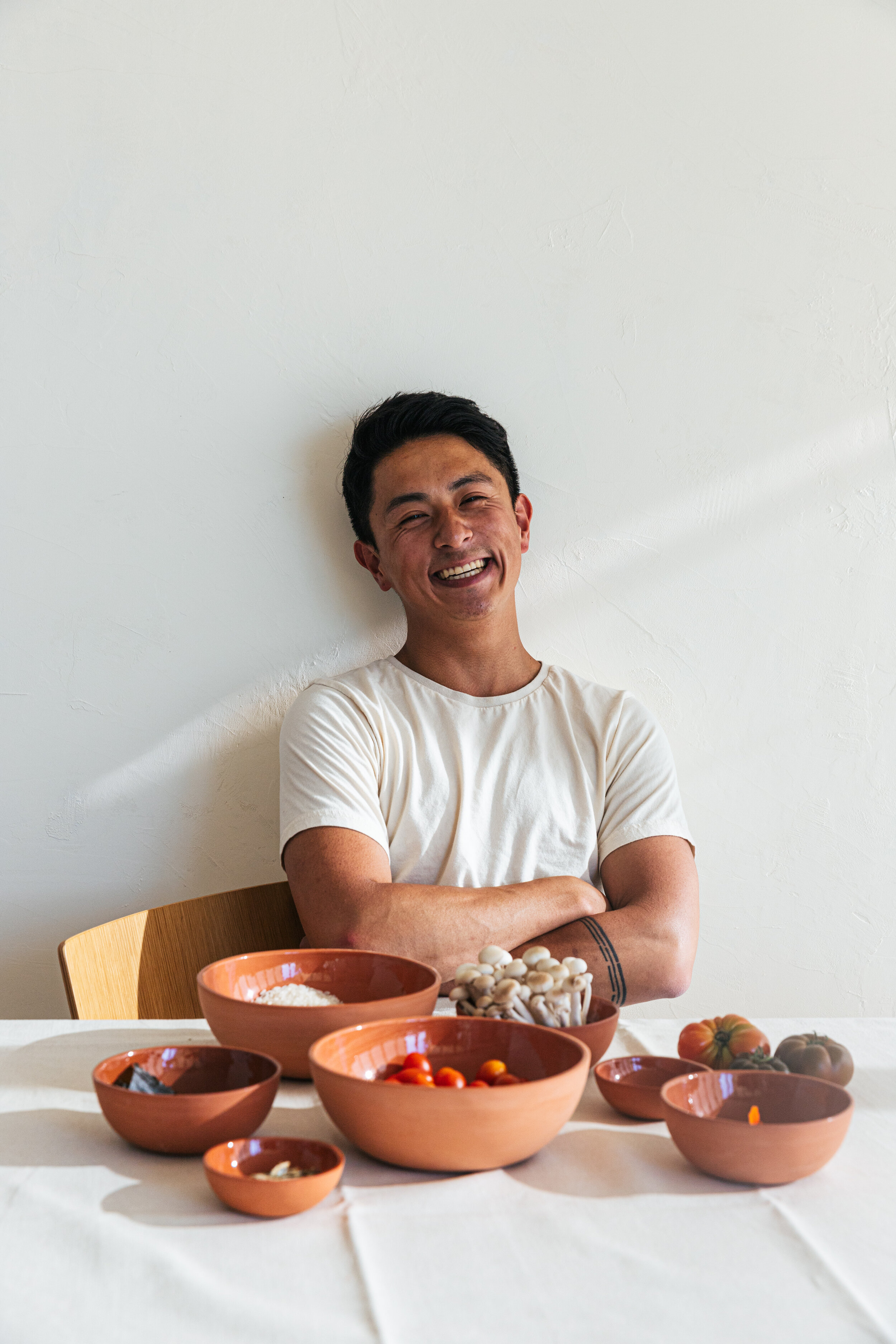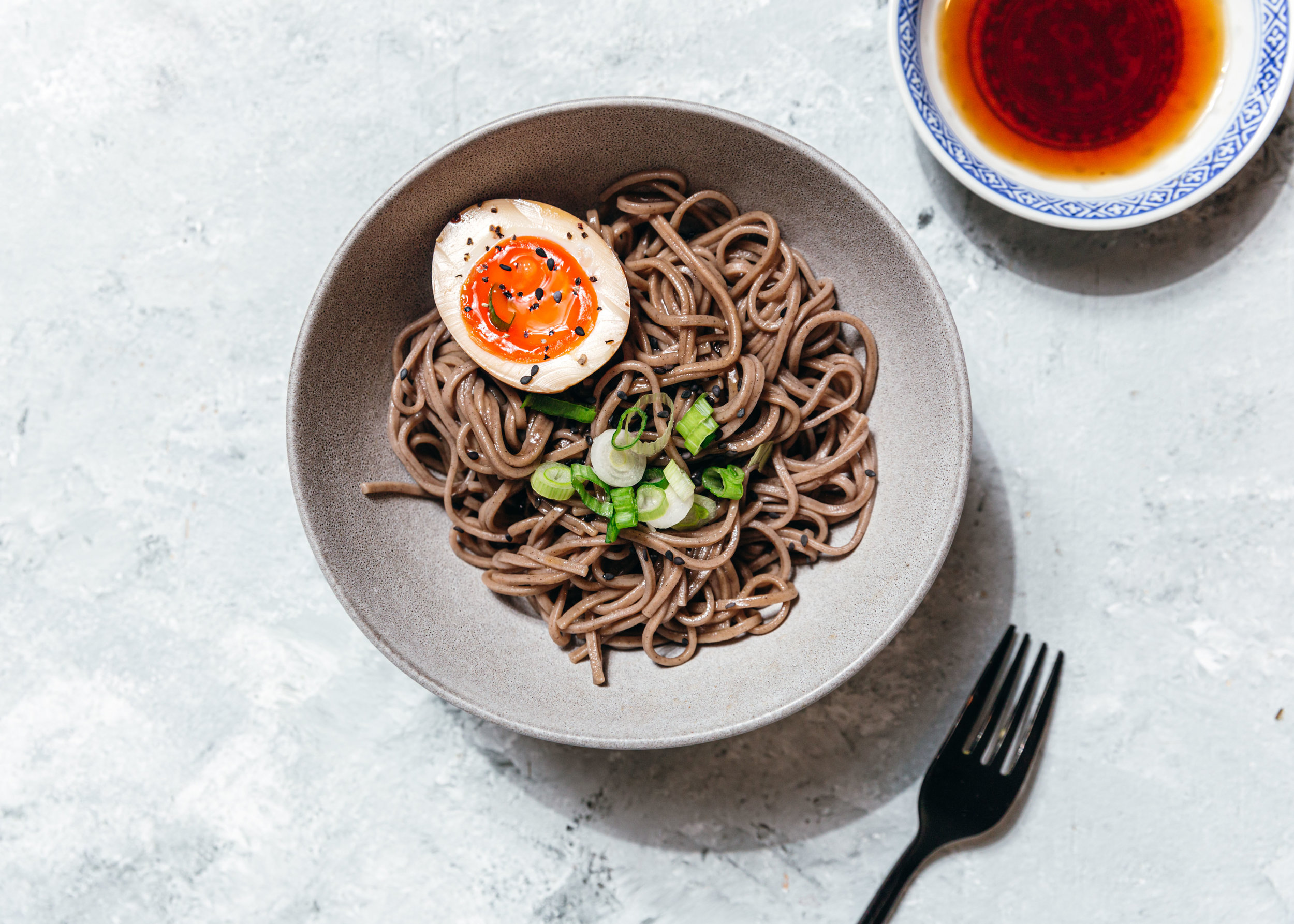Have you noticed that some of the best conversations occur around a dinner table? I am convinced that there is magic in food that melts barriers and form bridges. It truly is the most approachable and simple form of art.
I had the pleasure of inviting chef Taeyoung Chang over for dinner. Over jook (the Korean word for congee) — we discussed our Asian upbringing, the challenges, the dual-identities we re-embrace as adults, and the heritage we are able to express through cooking.
This dish is inspired by the anchovy banchan dish Myeolchi bokkeum (멸지 볶음 ). Banchan is a collective name for small side dishes served along with cooked rice in Korean cuisine. I love how a bowl of congee is like a canvas where you can add your dishes of choice. It can be as simple as a fried egg with soy sauce or elaborate with fried puffed kombu, anchovies, and garlic oil.
Stir-fried Anchovy with Mushrooms
Serves 2-3. Recipe by Taeyoung
Ingredients
1.5 cups shimeji mushrooms, ends removed and separated into pieces
2 tbsp dried anchovy (12–15 pieces)
A handful of Dasima kombu (8 pieces) *See note
1 tbsp butter
1 tbsp oil
Juice from half a lemon
TT Black Pepper
TT kosher salt
Instructions
Over medium-high heat, pan-fry the kelp in canola oil until bubbles appear. Remove from pan and set aside.
In the same pan and oil, sear the mushrooms — keep in a single layer and be sure to not overcrowd the pan.
Add in your butter and toss in your anchovies, add 2–3 cracks of black pepper.
When golden brown, remove from heat, season with salt, and a squeeze of lemon. Serve with Basic Chinese Congee or Sweet Potato Congee.
*Note: The correct type of kombu to use here is Dasima, not just soup kombu. If you have trouble finding Dasima kombu, omit it from the recipe.











